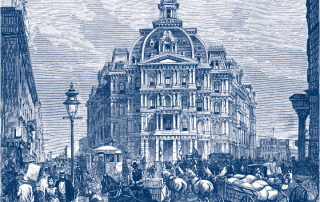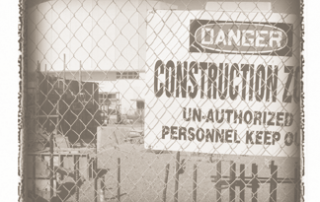A Strategy for Infrastructure: The California Infrastructure Initiative
David E. Dowall and
Robin Ried
California has an enormous backlog of infrastructure investment needs, estimated to be in the range of $80 billion over the next decade. The state also faces substantial shortfalls in tax receipts due to faltering economic conditions, so its ability to finance this investment is not certain. To attempt to fix this state of affairs, Governor Schwarzenegger announced a Strategic Growth Plan in 2006; in the same year, voters overwhelmingly supported a package of new bond issues totaling $43 billion. Then this year the governor proposed two critical infrastructure policy institutions: The Strategic Growth Council and the Performance-Based Infrastructure Initiative (PBI California). The Council’s objective is to improve interagency infrastructure planning and coordination, and to better align investment proposals with strategic development and sustainability objectives. The proposed PBI California Initiative focuses on infrastructure procurement and project delivery. It has the potential to deliver significant payoffs, such as faster and more cost-effective delivery of projects, value for money invested, and the possibility of attracting private capital for infrastructure investment.


